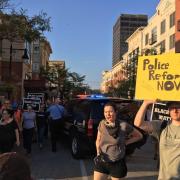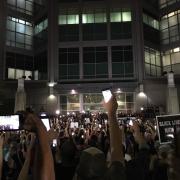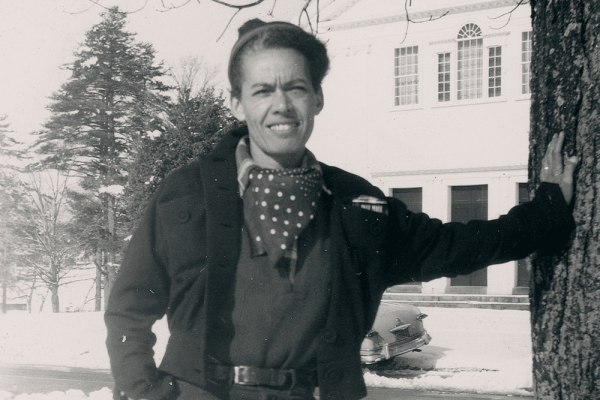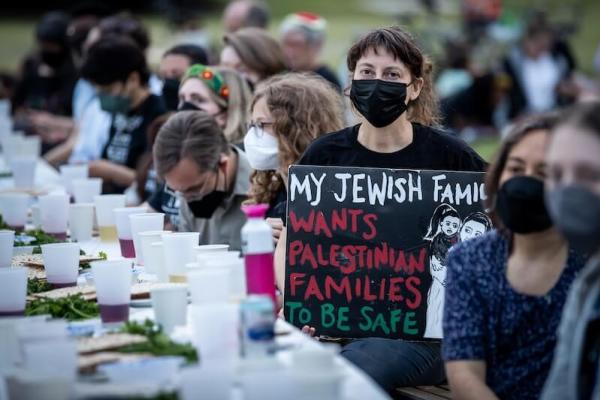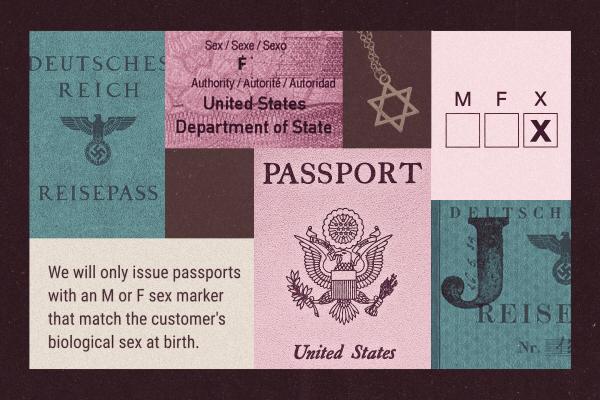The last time dissent rose in St. Louis, it elevated the platform of Black Lives Matter and fueled a sustained, nationwide struggle over police brutality and systemic racism.
We should not ignore the dissent rising in St. Louis again this week.
One week has passed since the acquittal of former St. Louis police officer Jason Stockley in the 2011 shooting death of Anthony Lamar Smith. According to the charges, Stockley shot at Smith’s car during a chase. After crashing into the car, he then shot at Smith five times. Dashcam video of Stockley telling his partner he'd kill Smith — along with evidence showing Stockley’s DNA on a revolver claimed to be retrieved from Smith’s car, and Stockley's possession of a personal assault rifle with him at the time of the incident — did not provide enough of a case for circuit court judge Timothy Wilson to convict a white police officer in the death of a black motorist.
Immediately following the circuit court judge’s verdict on Sept. 15, activists and residents took to St. Louis streets to protest the ruling. More than 120 people were arrested on Sunday, a heavy-handed response by the Metropolitan Police Department of St. Louis to largely peaceful demonstrations. During the arrests, officers reportedly chanted “Whose streets? Our streets” – a chant commonly used by activists.
Several of those arrested were pedestrians, not protesters, entrapped by a controversial crowd-control tactic called “kettling” – in which officers surround and control exit points and contain areas for tear-gassing and mass arrest of protestors. Many of those arrested were held for upwards of 20 hours, while local organizers rallied through Monday evening in front of the St. Louis Justice Center where arrestees awaited processing.
At the rally Monday night, a crowd of several hundred chanted, “Free our people” and “United we stand, divided we fall” through hours of steady rainfall. During the rally, those in attendance lifted phones overhead in a symbolic gesture — shining a light on injustice and expressing solidarity with those detained.
Several hundred gathered for rally here. pic.twitter.com/RvCl0hb3Rn
— David F. Potter (@davidfpotter) September 19, 2017
On Tuesday, local clergy held an interfaith service, followed by an unplanned march to St. Louis City Hall. During the service, faith leaders from multiple traditions condemned systemic racism and called for justice and peace.
Rev. Cassandra Gould of Missouri Faith Voices spoke to Sojourners on the role of clergy in this time.
“In the Bible that I read, Jesus was amongst the protestors. Jesus was arrested and taken to the cross because of insurrection,” Gould said.
Despite unrest and protester’s calls for institutional change in policing and the justice system, Gould spoke of her renewed hope in seeing people move beyond “privilege that separates from pain” to begin to hear and believe the voices of suffering people.
“Come out of your sanctuaries, come out of your divine mausoleums and get in the streets where the protestors are,” she said.
“Get in closer proximity to where pain is experience. It is in those places as a Christian pastor that I see and experience the Holy Spirit. And the streets are as much my sanctuary as my pulpit is. Come into the streets with us.”
On Wednesday, residents, activists, and faith leaders filled the City’s Board of Estimate & Apportionment meeting. In an overflowing room, those assembled urged city executives to adopt an agreement that would provide body cameras for every St. Louis police officer for a one-year trial period. At the conclusion of the heated meeting, in which the motion was passed, Rev. Darryl Gray, Chairperson of the Social Justice Commission for the Missionary Baptist State Convention and Associate Pastor of Greater Fairfax Missionary Baptist Church in St. Louis, told Sojourners the use of body cameras were a key “step forward,” while also recognizing additional police reforms are needed.
“Although we realize we can see things on video, people still tell us don’t believe what you see,” he said.
Like Rev. Gould, Rev. Gray sees a need and an opportunity for clergy in this moment.
“We were invited to the table by young people, who in this area have rejected the church,” Gray said.
“They said, ‘You guys stay on the mountain of transfiguration as we struggle in the valley.’ In this case the church has left the mountaintop and gone to the valley. That is our call. Our call is to feed, to clothe, to shelter, to advocate — that is the ministry of Jesus Christ. Protestors and public alike are seeing that the church will no longer stand by and neglect those that stand in the shadows and of the steeple.”
By Wednesday evening, tactics and focus had shifted once again — this time, to the markets. Local organizers protested at a prominent shopping mall in the suburbs of St. Louis, chanting “No justice, no profit.” A large crowd of several hundred marched through streets surrounding the Galleria, halting economic interests to call attention to racialized policing in a largely-white suburb often insulated from it.
There, protestors were confronted with a strong law enforcement presence, including police officers in full riot gear, some carrying rifles and arriving on a military vehicle.
After effectively closing the mall and surrounding shopping district, one organizer said to those gathered, “No one should be comfortable right now. I’m not comfortable, are you?”
— David F. Potter (@davidfpotter) September 20, 2017
Prior to the verdict, organizers pledged 100 days of protest if Stockley was found not guilty. Demonstrations have continued through the weekend.
Got something to say about what you're reading? We value your feedback!

